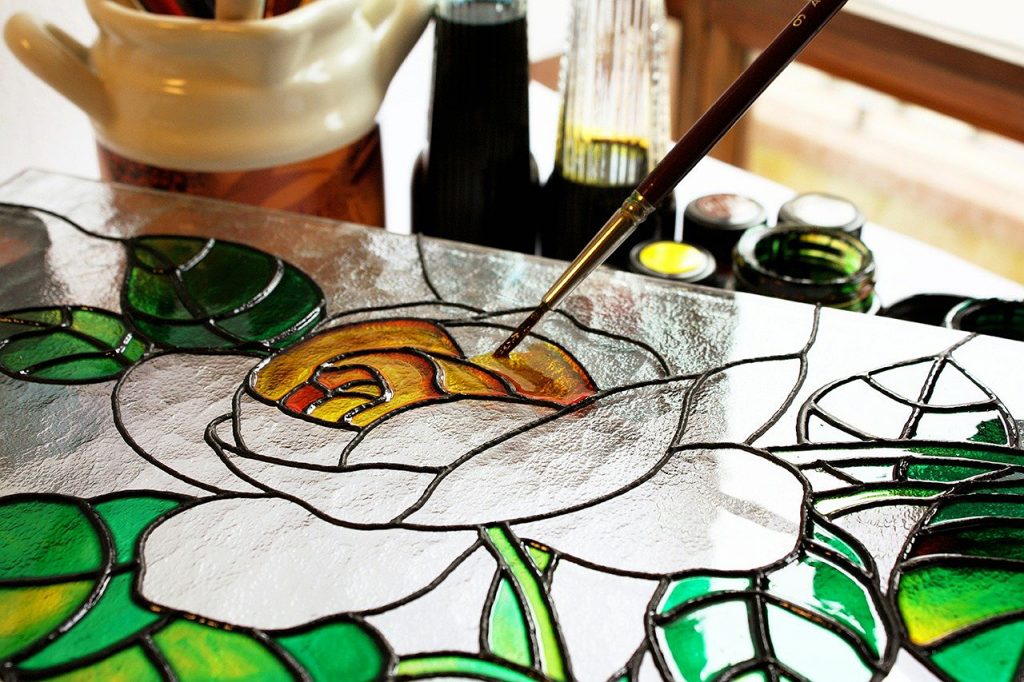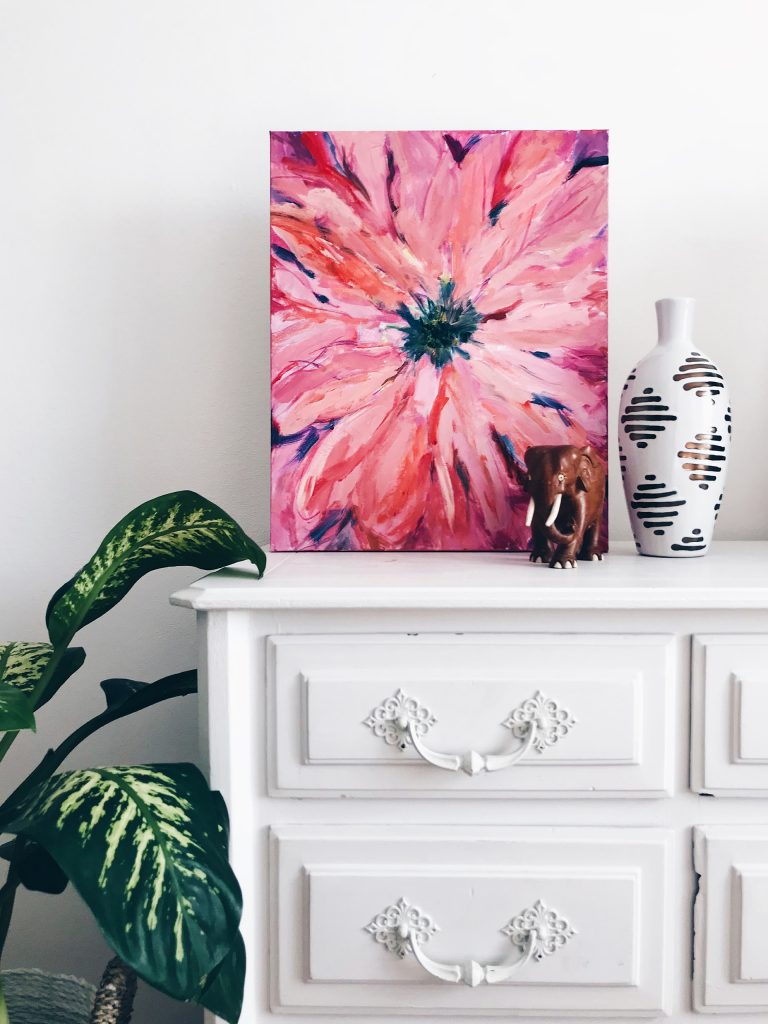Whether you are an artist or an art appreciation, chances are, one day, you’ll be looking for a safe place to keep your valuable pieces. While most people consider the process of storing artwork not worth a second thought, it is far from true. For the art to remain as good as new, you must take certain steps. Initially, the whole procedure might seem like a hassle. However, once you’ve done it a couple of times, it becomes nothing but routine.
If preparing your art for storage is something you have never dealt with before, you are probably unaware of all that is necessary before putting everything away. But don’t you worry! We have compiled a list of tips for you to follow to ensure all your precious artwork endures its undisplayed period.
Storing Your Artwork: 6 Tips to Follow to Ensure Proper Storage
There are some factors to consider when looking for ways to secure your art. Some of those include:
- The materials used while creating a piece.
- The size of the artwork — smaller pieces are slightly easier to handle than their bigger counterparts.
- The type of artwork — the process of preparing framed paintings for storage differs from preparing unframed paintings. The same applies to the preparation of 3D miniatures and sculptures.
Even though the factors mentioned above must be considered when storing art, these six tips for safe-keeping are applicable to all art.
1. Before You Put Away Anything, Make Sure to Prepare It for Storage
First and foremost, clean off any dust that has possibly accumulated. Experts recommend using a soft microfiber cloth to do so to avoid damage. If the framing is wooden, you can use wood polish to protect it further. If we are talking about metal parts, then use the metal polish instead.
Even though most artists, when storing art, opt to wrap everything in plastic wrap, this is not recommended. Plastic wrap of any kind doesn’t allow the artwork to breathe, and some moisture can easily stay trapped inside. This needs to be avoided as the trapped moisture causes the formation of mold.
Instead, you can cover the art with a cloth or parchment paper. Some people also use glassine, which is a type of paper galleries use to protect the artwork. Either way, when choosing the materials needed for proper storage, make sure whatever you are using is acid-free. Acid-free materials help the paint stay vivid longer and prevent the overall aging of paintings. This becomes especially important if you are interested in successfully selling your piece one day.
2. Consider Storing Your Artwork in a Place with a Climate Control
When safe-keeping your art, placing it within a room with a humidity level of around 50% is ideal. As far as the right temperature goes, it should range between 70 and 75 degrees Fahrenheit, or rather, between 21 and 24 degrees Celsius. The temperature is easily regulated with air conditioning, while the right humidity level can be achieved by using either a humidifier or a dehumidifier.
If possible, try to maintain the same conditions most of the time. Abrupt changes in humidity and temperature can cause irreparable damages. Try to limit the changes in the atmosphere to no more than 5% up or down.
It’s important to note that artwork is best kept inside dark rooms with no windows. Direct sunlight can cause the paint and dye to fade, canvas to start yellowing, and even warp!
3. Document the Condition of Your Art
Whether placing your artwork in boxes or inside a cloth, it’s essential to label every item correctly. Labels that are easy to read will allow you to find the desired piece in a faster and easier way. Plus, you won’t have to unpack everything while getting to it.
In addition to putting accurate labels on packaging, it is advisable to keep records of your artwork’s exact condition prior to storing it. You can document it by taking photos and writing notes. This way, once the time to take the art out of storage, you will know exactly if its appearance has changed.
4. Elevate Your Pieces
The rule of thumb is to keep your artwork above ground level at all times! It doesn’t really matter if you put it on a shelf or rack as long as it’s not just lying on the floor.
As a society-changing concept, art is supposed to be hung. Therefore, perhaps providing a hanging space inside the storage room could be an option.
5. Consider Alternate Storage Solutions if the Conditions Aren’t Ideal
Storing your artwork at home is a great solution only if all the conditions are met. You will need a dark, clean room free of mold with no direct sunlight, and preferably one that you don’t use regularly. In addition, the temperature and humidity levels will need to be regulated. Meeting all these criteria can prove quite tricky. Therefore, if you find yourself struggling to arrange these details, keeping your art someplace else would be the right decision.
Perhaps a good solution for you is to keep your art inside special storage units designed for artwork safekeeping. These are equipped with climate control and meet all the requirements necessary for proper art maintenance.
6. Make Sure to Check the Condition of Your Works from Time to Time
Don’t think even for a second that the process of storing your artwork is over the moment you safely put it away. While you may have gone through every step perfectly, some unforeseen circumstance could still occur. Keeping an eye on your precious pieces occasionally is crucial as it will allow you to catch damages in time. If caught early, the majority can be fixed. So why wait for the problem to escalate when you can cut it at the root?
Author bio: Craig Johnson has been managing customer relations at Vision Movers for years. During his time at the company, he has helped artists with the safe transport of their works. He has managed to pick their brains and, along the way, become a true lover of all things art. Today, he spends his free time blogging about his interests and discussing his favorite art pieces with fellow creatives.












NO COMMENT